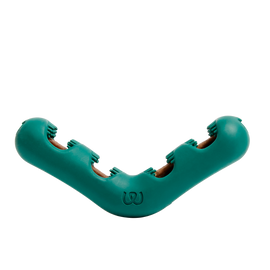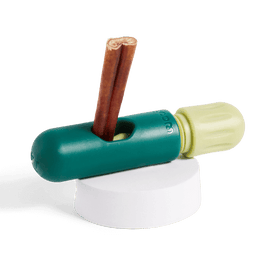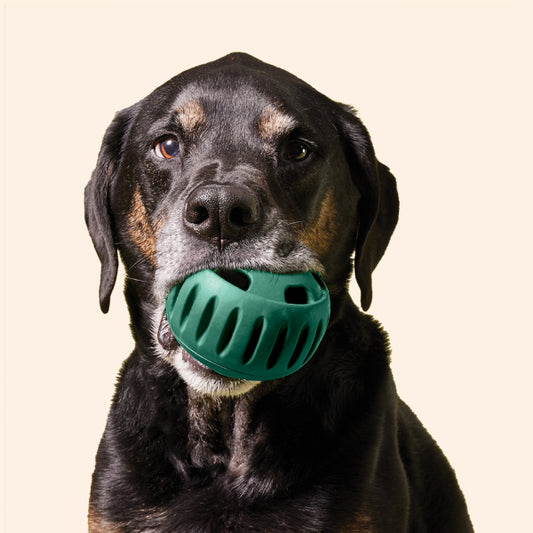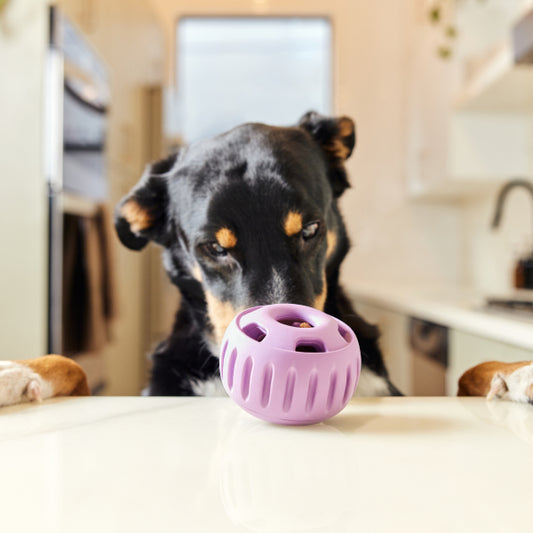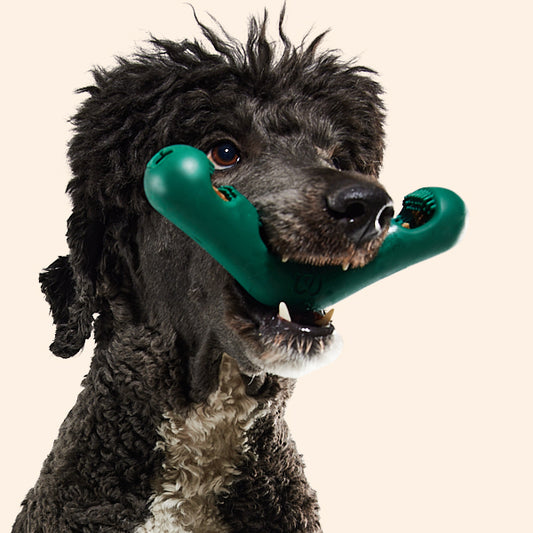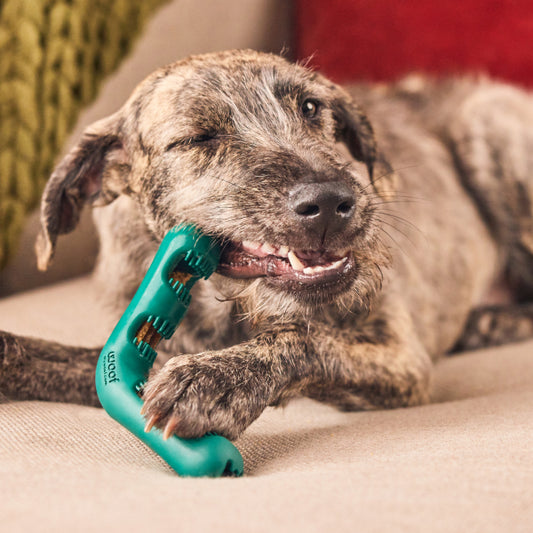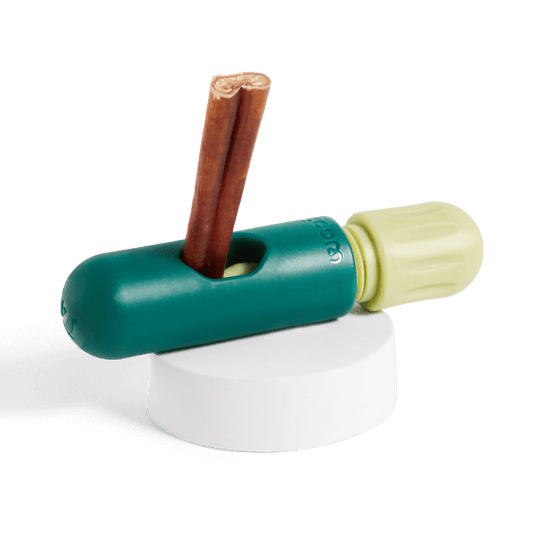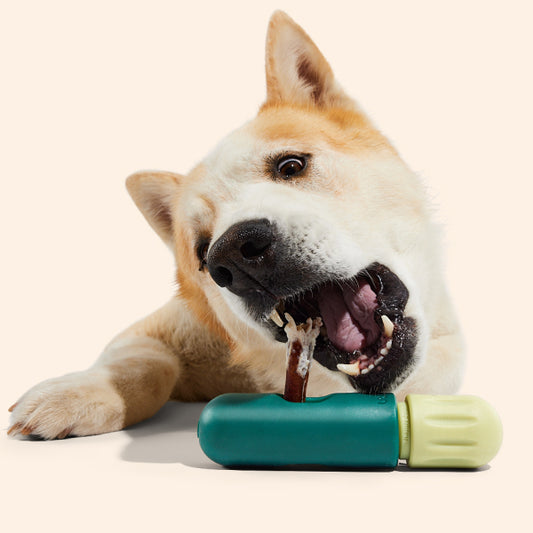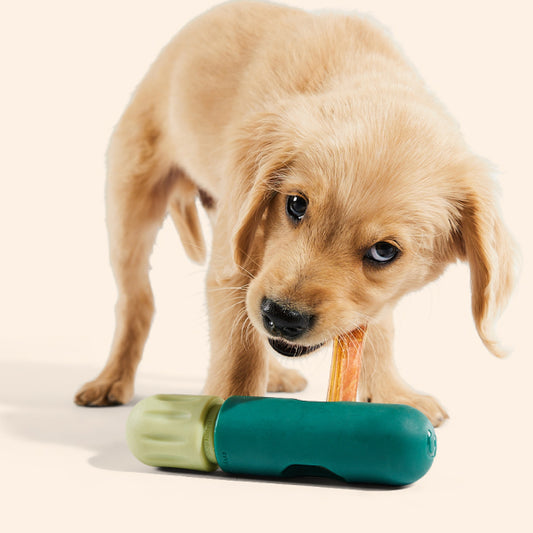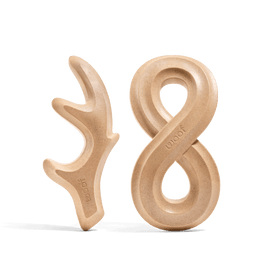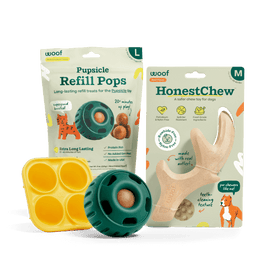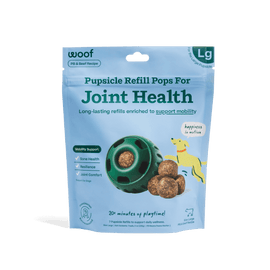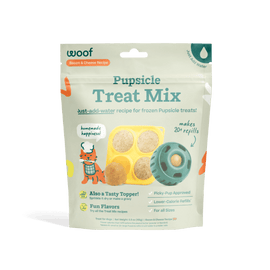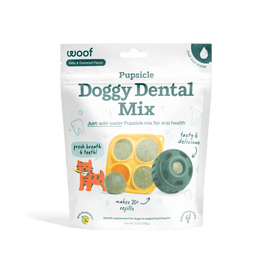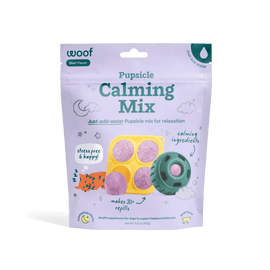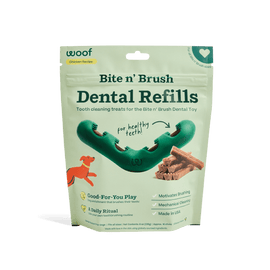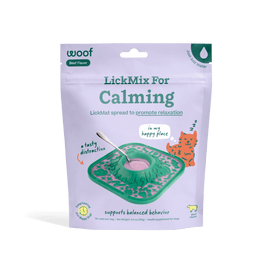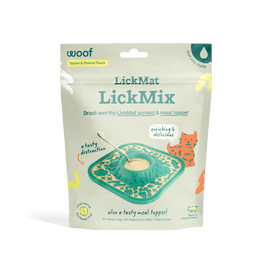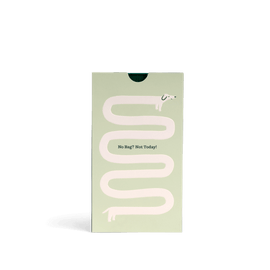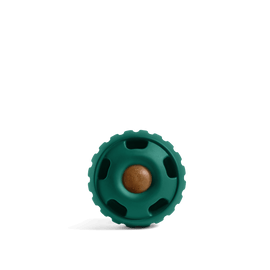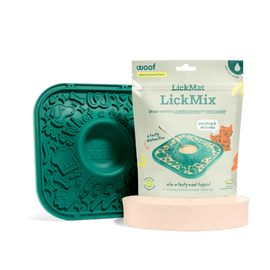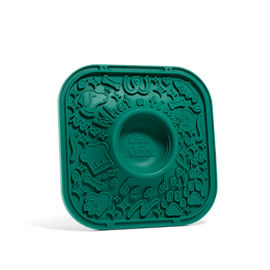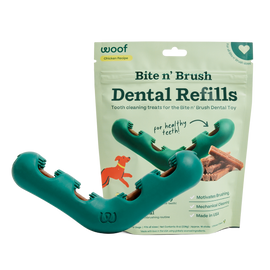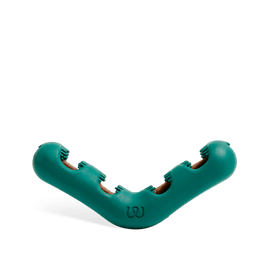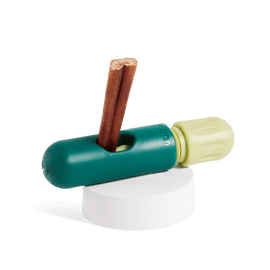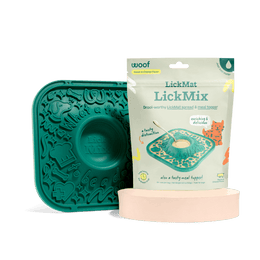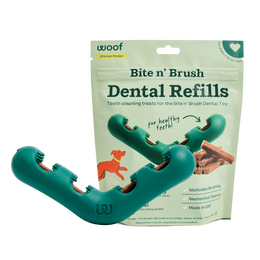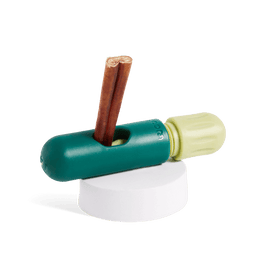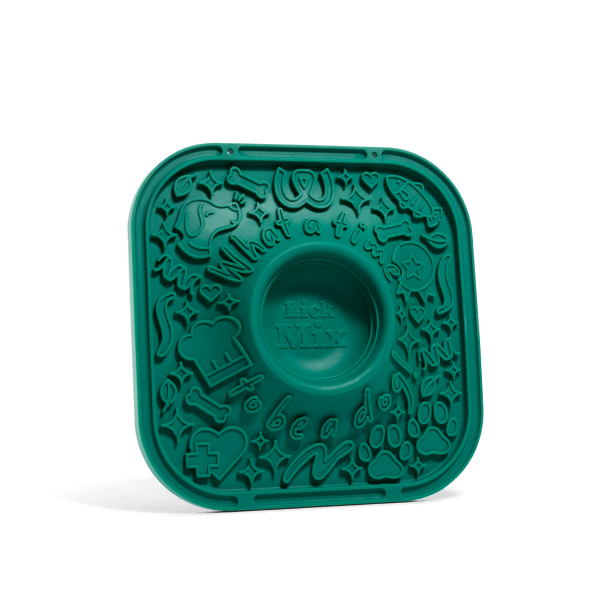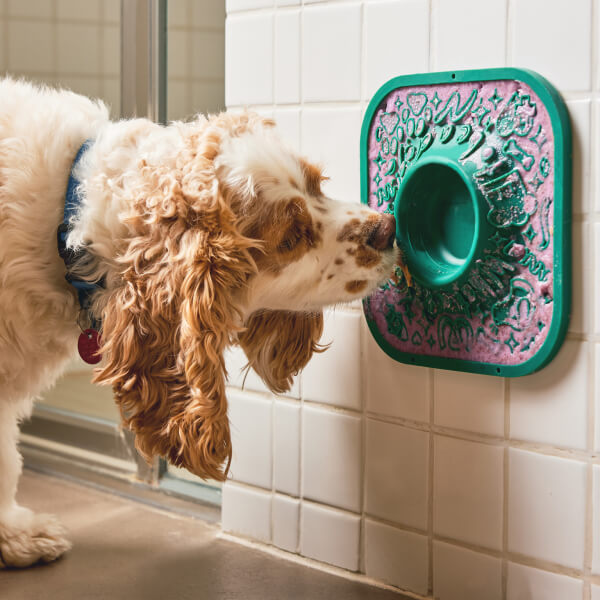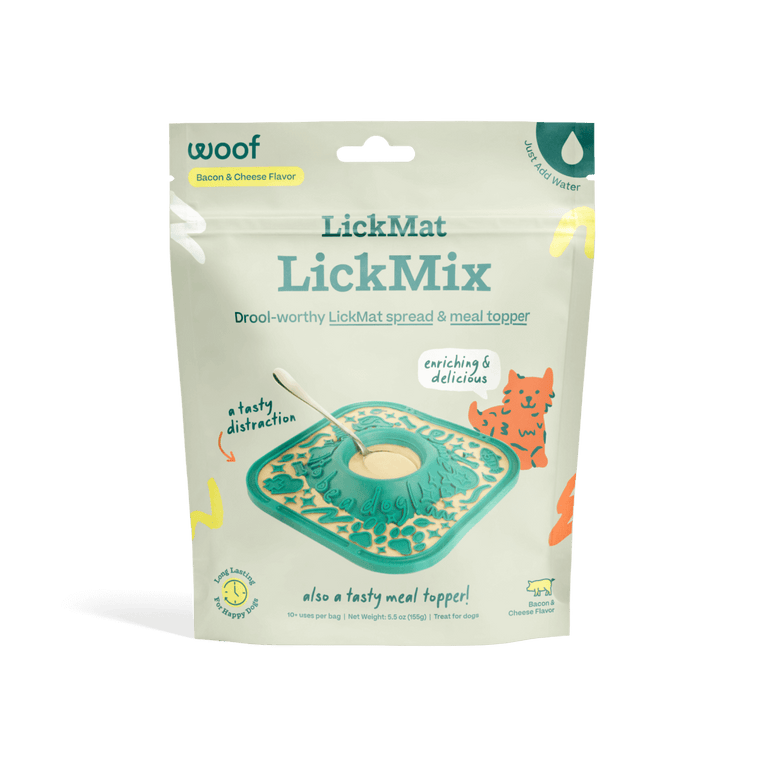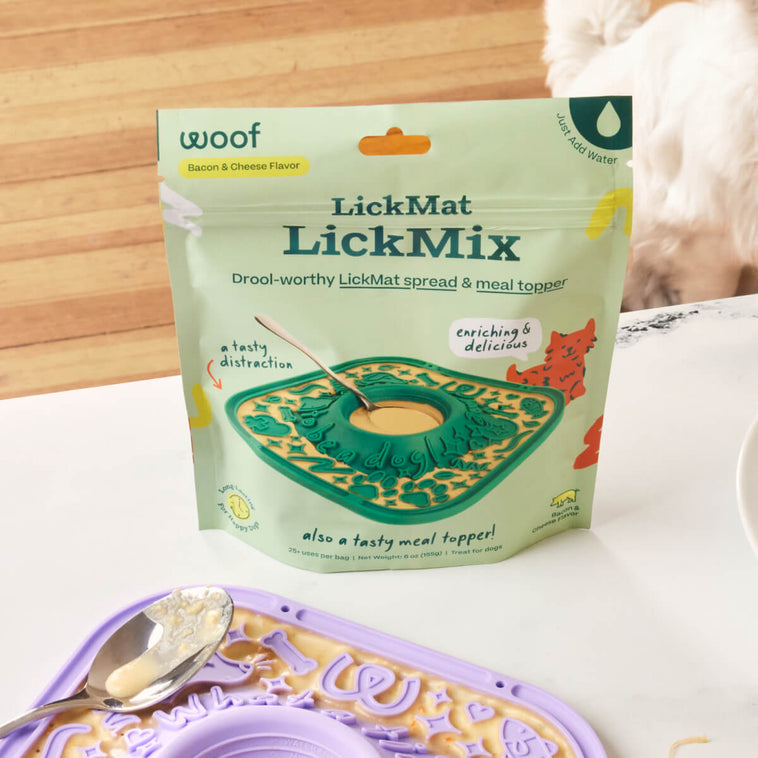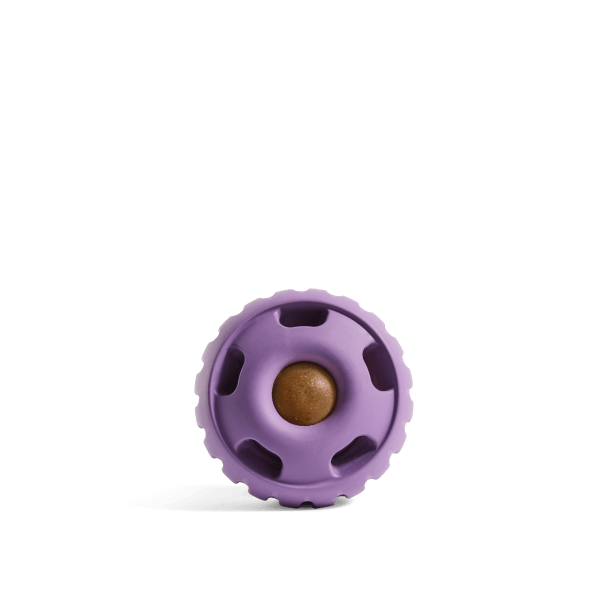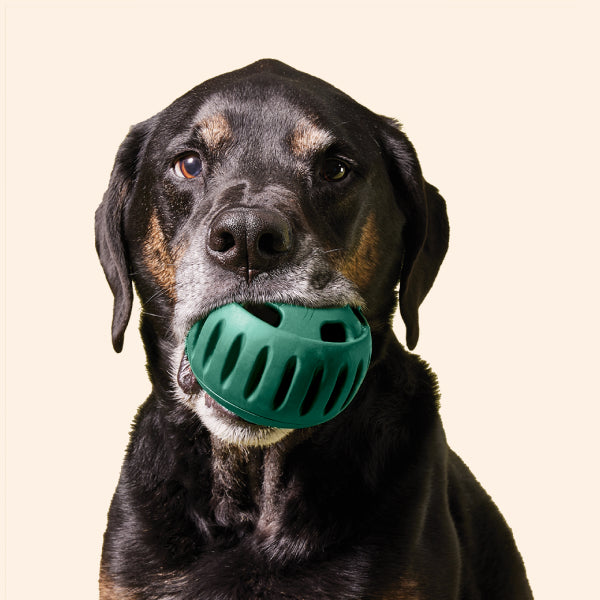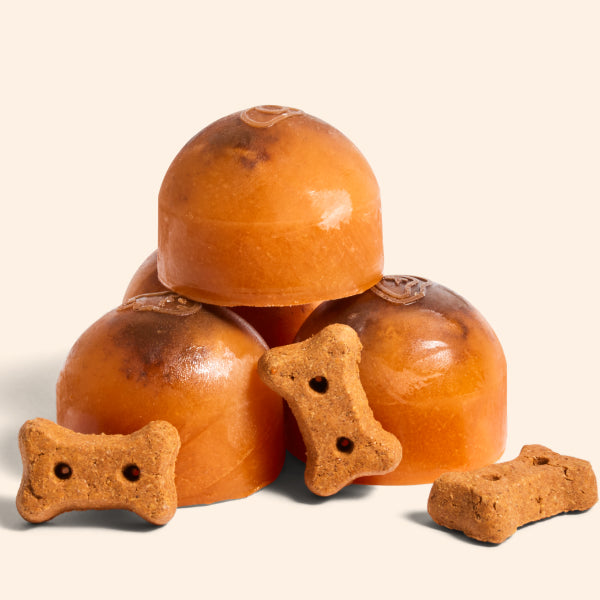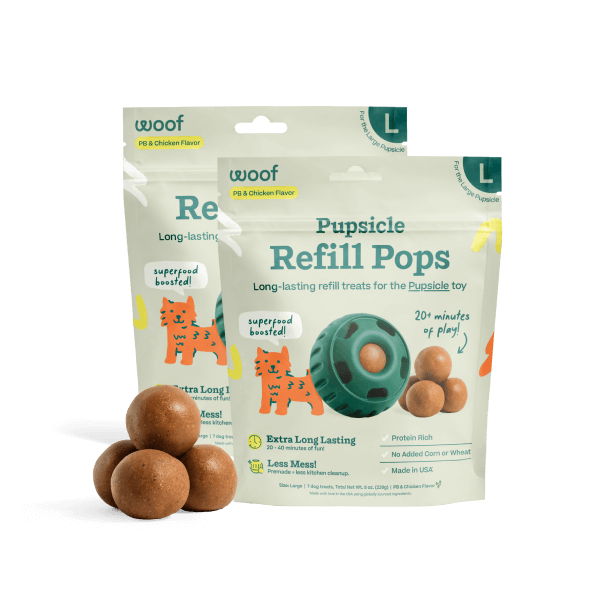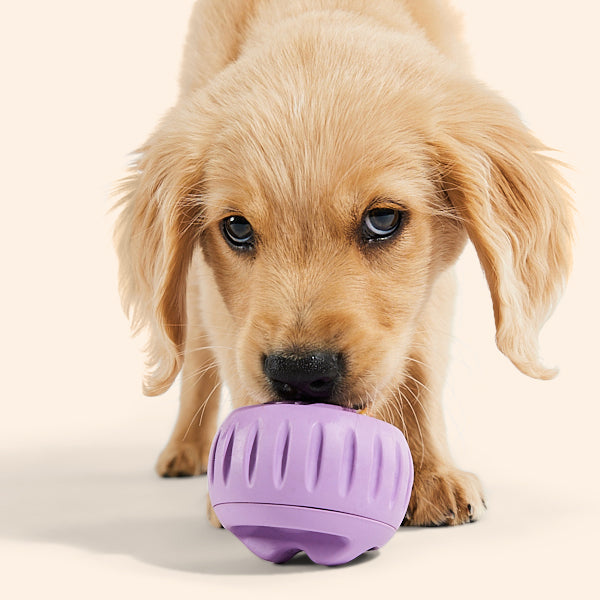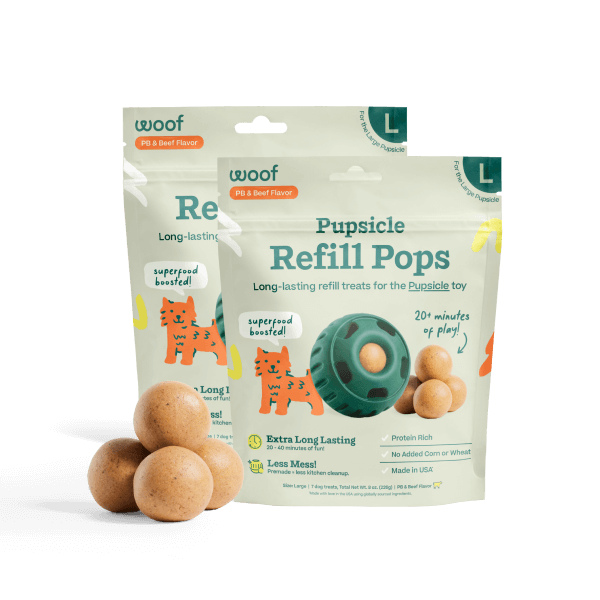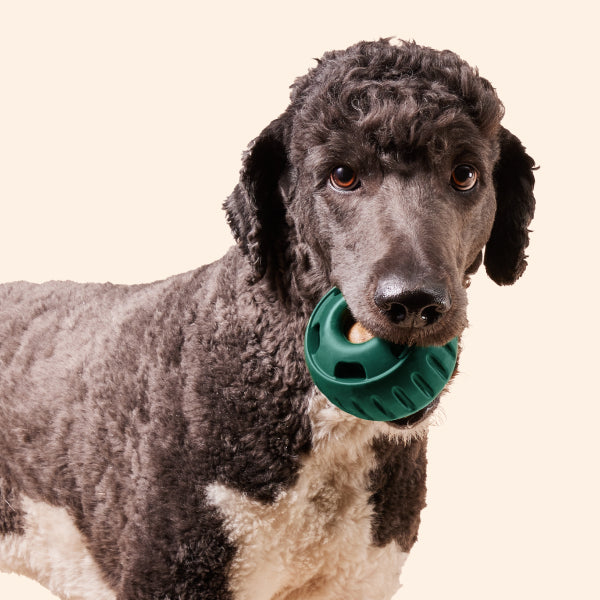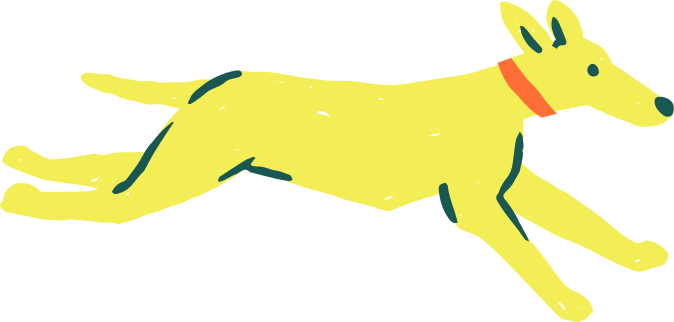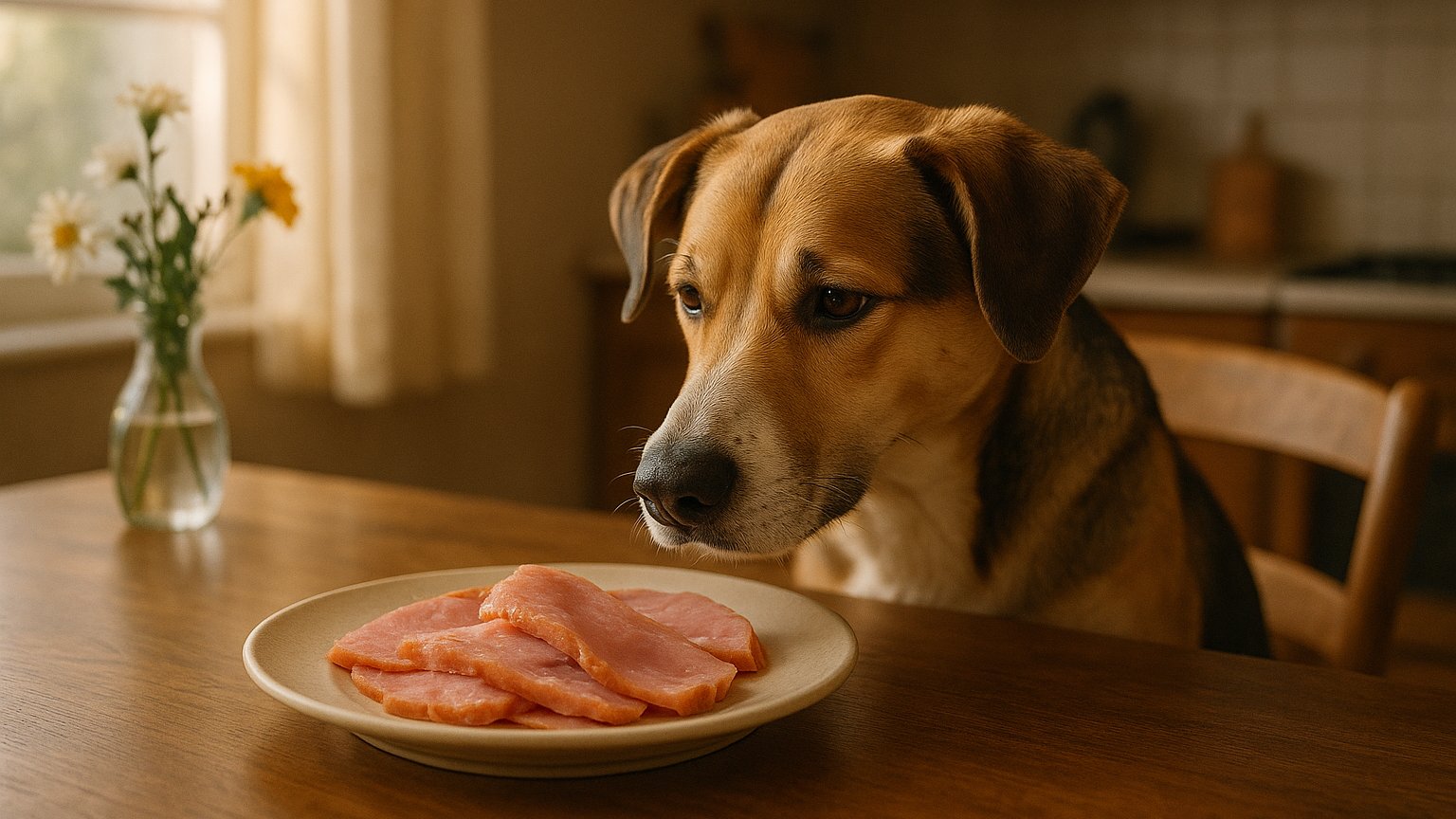
Have you ever paused mid-meal and wondered, Can Dogs Eat Ham? If so, you're not alone. Many pet owners face this dilemma—especially during festive seasons when that perfectly glazed ham takes center stage. Your pup’s hopeful eyes might be pleading for a bite, but is it safe to share? Let’s unpack the facts.
While ham might seem like an innocent indulgence, it’s far from ideal for our four-legged companions. In this article, we’ll break down the risks, explain what to do if your dog sneaks a slice, and offer safer, tail-wagging alternatives from Woof’s dog-approved menu.
Why Ham Isn’t a Great Treat
On the surface, ham is simply cooked pork—so what’s the harm? Quite a bit, actually. The ham you find at holiday tables and in deli counters is usually processed, cured, or smoked and contains high levels of:
- Sodium: Excess salt can lead to sodium ion poisoning, resulting in symptoms like extreme thirst, vomiting, tremors, or worse.
- Fat: Rich fatty meats may trigger gastrointestinal distress, cause obesity, or, in severe cases, lead to pancreatitis—a painful, inflammatory condition that may require emergency care.
- Preservatives: Ingredients like nitrates and nitrites, used to extend shelf life and enhance flavor, have been linked to toxicity in dogs over time.
Additionally, many hams are seasoned with ingredients like garlic, onion, or brown sugar—each of which can be toxic to dogs.
Is a Little Bit Okay?
If your dog is otherwise healthy, a tiny bite of plain, lean, unsalted ham probably won’t trigger an immediate emergency. But “okay” isn’t the same as “good.” Feeding ham—even in moderation—can lead to cumulative health issues over time. Dogs with underlying health conditions, such as kidney disease, heart issues, or obesity, are at even greater risk.
And don’t forget about the bones: cooked ham bones may splinter easily and cause choking, internal lacerations, or gastrointestinal blockages. These risks turn a simple table scrap into a potential trip to the emergency vet.
What to Do If Your Dog Eats Ham
If your dog snuck a slice or was accidentally given some ham, stay calm and monitor them for the next 12 to 24 hours. Watch closely for:
- Vomiting or retching
- Diarrhea
- Abdominal pain or bloating
- Excessive thirst or urination
- Lethargy or signs of weakness
If your dog displays any of these symptoms—or if they ate a large quantity—contact your veterinarian immediately. Swift intervention can prevent more serious complications such as dehydration, pancreatitis, or salt toxicity.
Safer Ways to Spoil Your Pup
Thankfully, you don’t have to deny your dog the joy of a treat—just choose options that are crafted with canine health in mind. Here are some delicious, vet-approved alternatives available at Woof:
- The LickMat with Bacon & Cheese LickMix: Delivers the savory satisfaction of bacon in a dog-safe form, promoting mental stimulation and slower eating.
- The Pupsicle & Pupsicle Treat Tray: Fill with healthy ingredients like broth, yogurt, or pumpkin for a fun, cooling snack that soothes and hydrates.
- Chicken Pops: 2 Pack or Beef Pops: 2 Pack: Packed with protein and free from additives, these treats are perfect for daily rewards or training sessions.
- Wellness Pops & Chews Pack: Formulated to support joint health, digestion, and overall wellness—because feeling good should taste good too.
Each of these products is developed with a deep understanding of canine biology, using natural ingredients that deliver flavor without compromising safety.
Final Woofs of Wisdom
So, can dogs eat ham? Technically yes, but it’s not recommended. The health risks—particularly from sodium, fat, and preservatives—simply outweigh the short-lived joy of a tasty bite. Instead, turn snack time into a chance to nourish your dog with treats designed specifically for them.
Choosing smarter snacks means fewer vet visits, better digestion, and a healthier, happier pup. Whether it's a fun-filled LickMat, a hydrating broth boost, or protein-rich popsicles, Woof has safe, satisfying treats to keep those tails wagging.
Protect your pup. Skip the ham. Serve the Woof.
Happy tails—and healthier treats—from all of us at Woof!


